The Kia Niro has been a big hit in the UK since it was launched in 2016.
A compact hybrid crossover that was reasonably priced, drove nicely and had Kia’s superb seven-year warranty, it sold in droves.
Kia also launched a fully electric model that can cover around 280 miles on a full battery. With a great range and an attractive price, Kia couldn’t make enough of them.
Now we have an all-new, second generation version of the Niro that aims to improve on every aspect of the previous model.
I travelled to the south of England to spend a day driving various versions of the new Niro. Sadly the fully electric version won’t be launched until late summer or early autumn. For the moment we have hybrid (HEV) and plug-in hybrid (PHEV) versions.
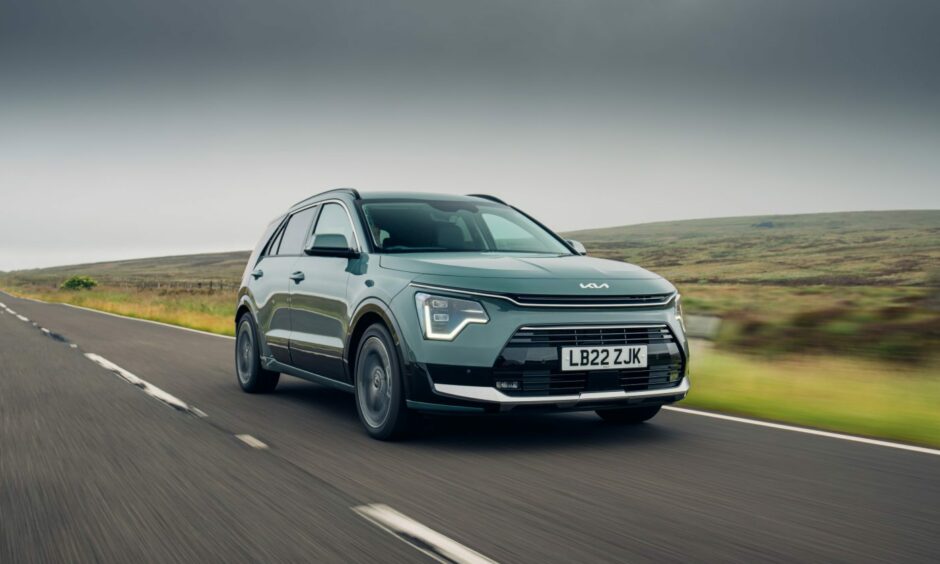
Both combine a four-cylinder 1.6 litre petrol engine with a battery and electric motor. The HEV uses a 1.32kWh battery. This doesn’t have enough juice to do more than low speed manoeuvres on electric power but the battery helps with economy.
The PHEV has a much bigger 11.1kWh battery that allows it to cover up to 38 miles before the petrol engine comes into play.
The fully electric model, meanwhile, will feature a 64.8kWh battery and should have a range of around 285 miles.
How much does it cost?
Prices for the HEV start at £27,745 with the PHEV costing from £33,525. The fully electric Niro will be priced from £36,245.
When it comes to spec levels Kia keeps things simple – there are three different trims, called 2, 3 and 4 (details in the Facts box are for the PHEV in 3 spec).
All are well equipped. The lowest spec 2 model comes with 16in alloy wheels, LED headlights, a rear view camera and an eight-inch touchscreen display.
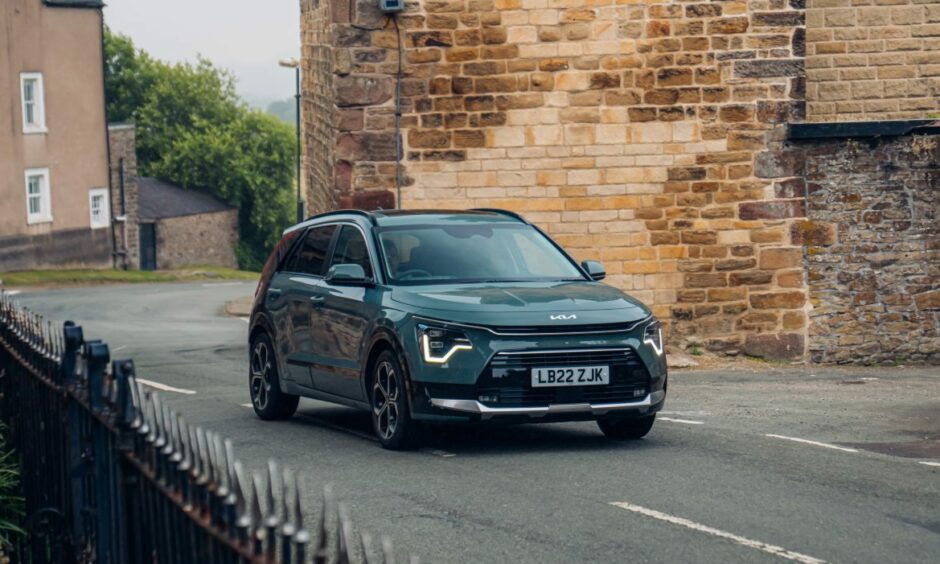
The 3 trim gets a bigger 10.25in touchscreen, faux leather upholstery, front parking sensors, keyless entry, heated seats and a heated steering wheel.
Things really get luxurious in 4 models, which have twin-10.25in displays, a head-up display, ventilated front seats, heated rear seats, power tailgate, electric seats with driver’s memory function, sunroof and a high end Harmon Kardon sound system.
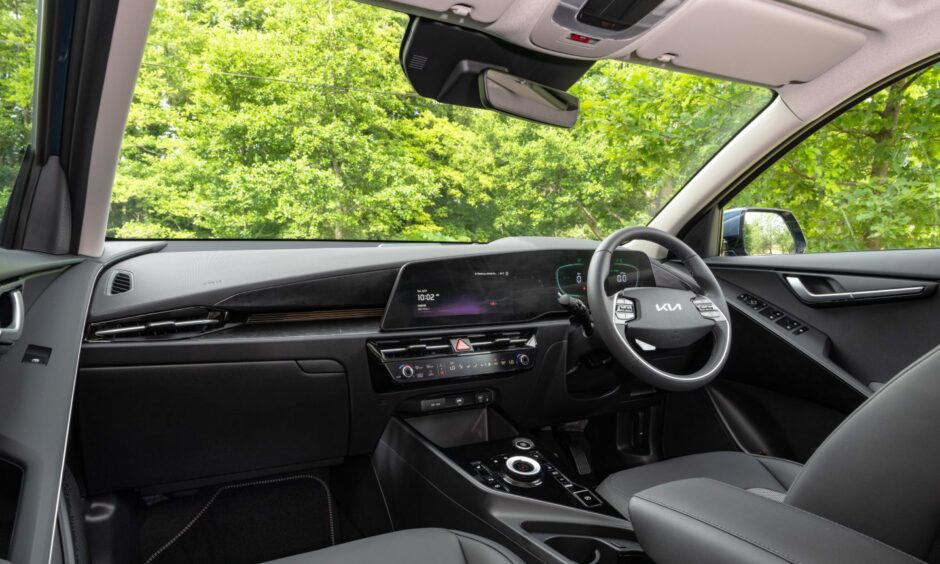
Over the course of a day I drove several versions of the HEV and PHEV Niro in 2, 3 and 4 trims.
The new car is a big step forward on the outgoing model. The exterior is much sharper and more pleasing to the eye. Inside there’s a new layout that looks fantastic, has better technology and is easier to use.
More room inside
The new version of the Niro is slightly longer than the old and uses slimmer seats, resulting in more interior space. In fact the amount of rear space now rivals that found in SUVs a size larger, such as the Nissan Qashqai or Ford Kuga.
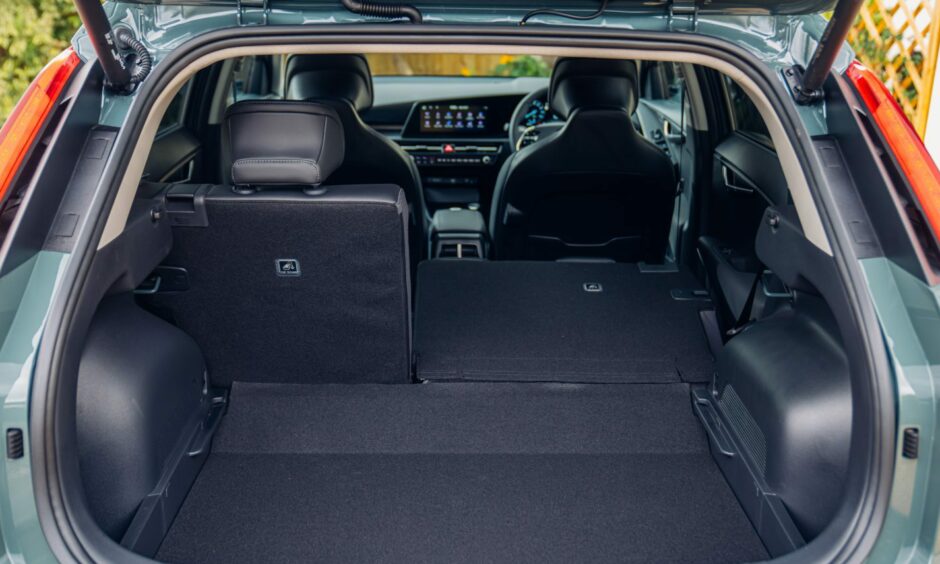
The bigger battery has to go somewhere so you do sacrifice a bit of space going for the PHEV model. It loses the underfloor storage space other models have, meaning luggage capacity drops from 451 litres to 348 litres.
The boot is a good square shape, however, and should have more than enough space for the average family.
All versions of the Niro drive nicely. There’s a supple, smooth ride, while wind and road noise are kept nicely muted.
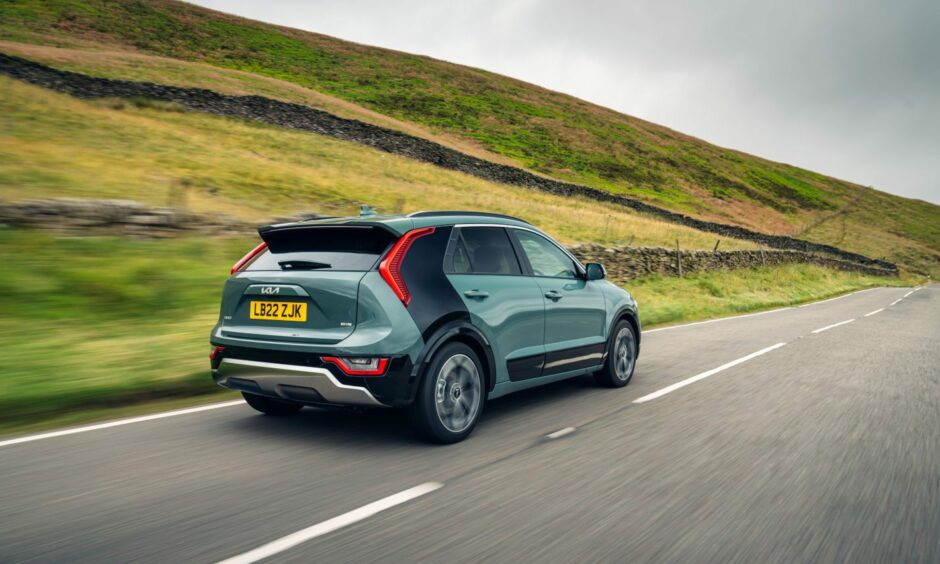
Setting off in the PHEV model with a battery at 90% charge I managed almost an hour of driving, including 10 miles of dual carriageway, before the petrol engine turned itself on. That exceeded Kia’s official 38 mile range. Even in winter, with heating and lights on, you should be able to cover 30 miles before the battery’s drained.
All versions of the new Kia Niro are extremely good but the plug-in hybrid impressed me the most. Yes, you sacrifice some boot space. But you can complete most daily trips on battery power alone while still having a petrol engine so long journeys don’t cause range anxiety.
Facts
Price: £36,275
0-62mph: 9.8 seconds
Top speed: 100mph
Economy: 314mpg
CO2 emissions: 21g/km
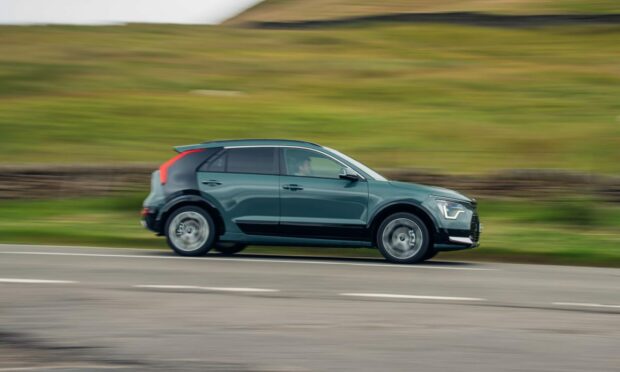

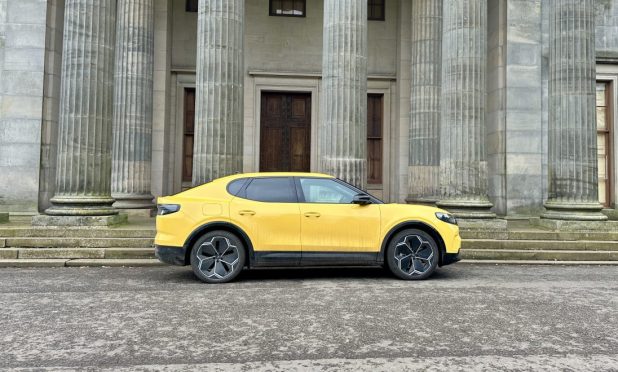


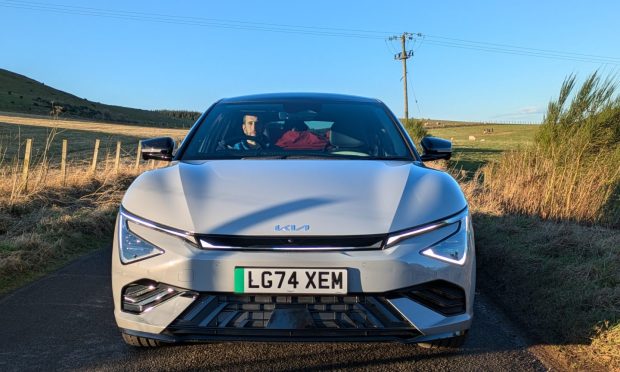

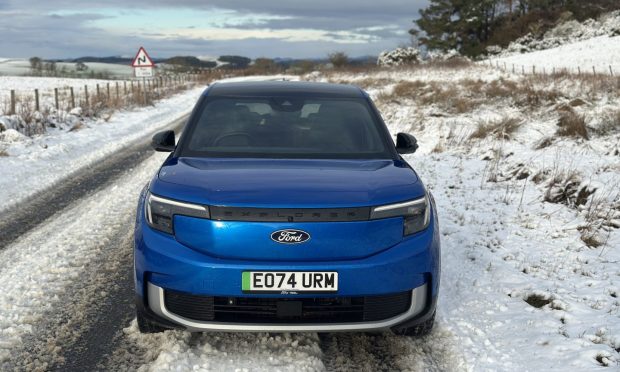

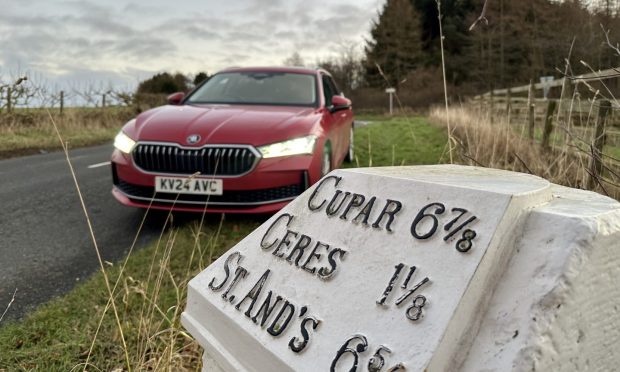
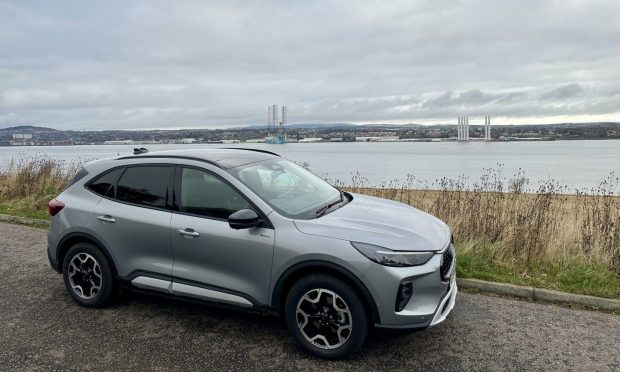
Conversation